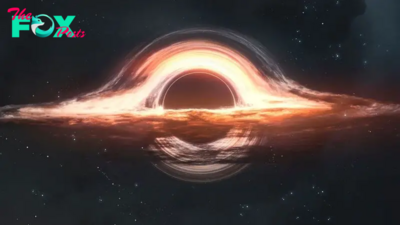Science
Space photo of the week: Easter Island's last 'ring of fire' eclipse for 320 years
What it is: An annular solar eclipse
Where it is: Over Rapa Nui, also known as Easter Island, in the Pacific Ocean
When it was shared: Oct. 2, 2024
Why it's so special: For up to 7 minutes, 25 seconds on Wednesday, Oct. 2, the new moon appeared to sit perfectly inside the sun's disk during a partial "ring of fire" solar eclipse. On both sides of that short time, the edge of the moon appeared to touch the inside edge of the sun, causing "Baily's beads" — sunlight pouring through the moon's mountains — to fizz. Onlookers had to use solar eclipse glasses and equipment fitted with solar filters to safely observe the phenomenon.
Annular solar eclipses differ from total solar eclipses because the moon is farther from Earth, so the moon can't cover the sun's entire disk. On Oct. 2, the moon eclipsed 86.9% of the sun at its peak while appearing 6.4% smaller than average, according to Moonblink.
However, there are ways to image the eclipse safely while extracting more detail than is possible through regular solar filters. This very special image was taken by astrophotographer Aditya Madhavan while Traveling with the eclipse tour group Astro Trails to Easter Island. Madhavan used a Lunt H-alpha telescope, which sees in only the wavelength of light created by hydrogen atoms on the sun.
"We're looking at the sun's image in hydrogen-alpha, and what we're seeing is the chromosphere of the sun, specifically in the wavelength of 656.28 nanometers," Madhavan told Live Science. The sun's chromosphere is a thin layer of plasma that lies between the sun's visible surface, called the photosphere, and the sun's upper atmosphere, or corona, which becomes visible to the naked eye during a total solar eclipse.
-
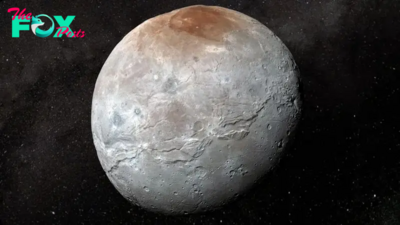
 Science1d ago
Science1d agoJames Webb Space Telescope deciphers the origins of Pluto's icy moon Charon
-
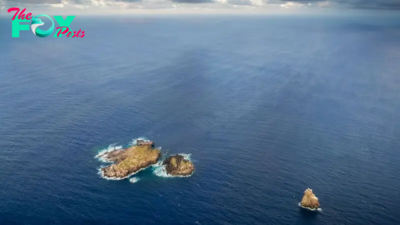
 Science1d ago
Science1d ago'Many more ancient structures waiting to be discovered': Lost chunk of seafloor hidden in Earth's mantle found off Easter Island
-

 Science1d ago
Science1d agoWhat to Know About the Leak at the International Space Station: ‘A Top Safety Risk’
-

 Science1d ago
Science1d agoHranice Abyss: The deepest freshwater cave on Earth and a conduit to a 'fossil' sinkhole
-

 Science1d ago
Science1d agoRecord spike in earthquakes at Washington's 'high threat' volcano sends researchers scrambling for answers
-
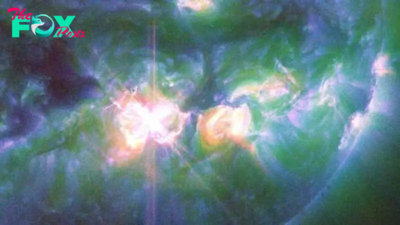
 Science1d ago
Science1d agoX9 solar flare launched from sun is the biggest in 7 years — and Earth is in the firing line (again)
-
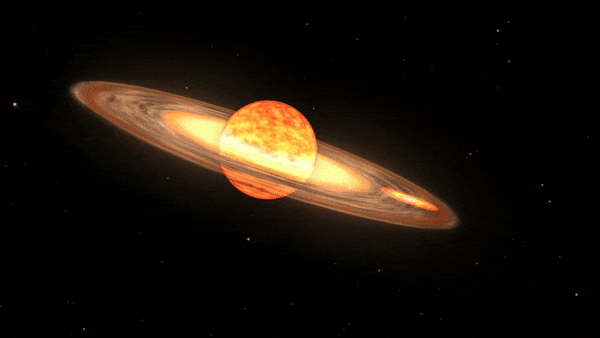
 Science1d ago
Science1d agoAstronomers prepare for once-in-a-lifetime event: A 'new star' in the night sky
-

 Science2d ago
Science2d ago'Ring of fire' solar eclipse blazes over Easter Island in incredible new image


